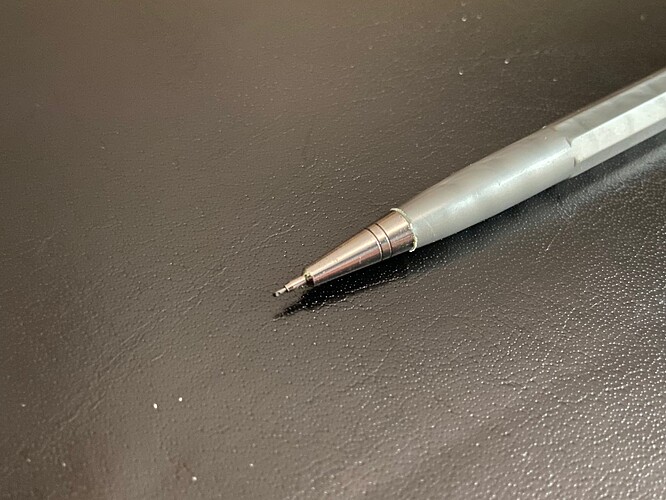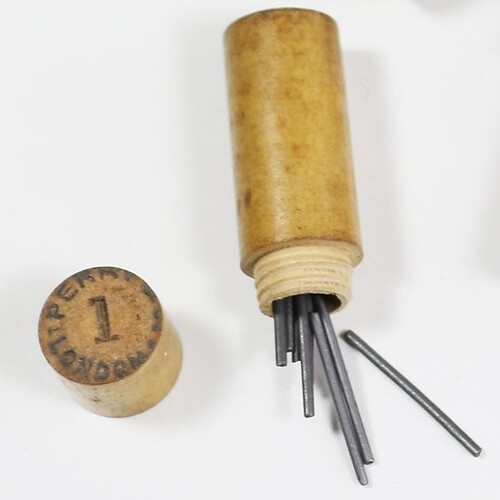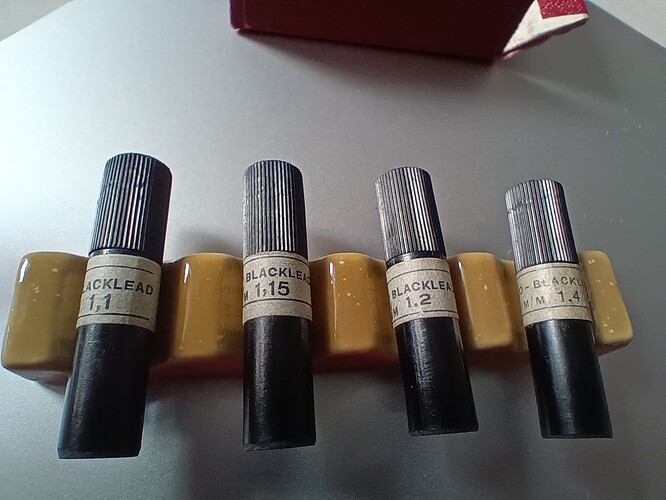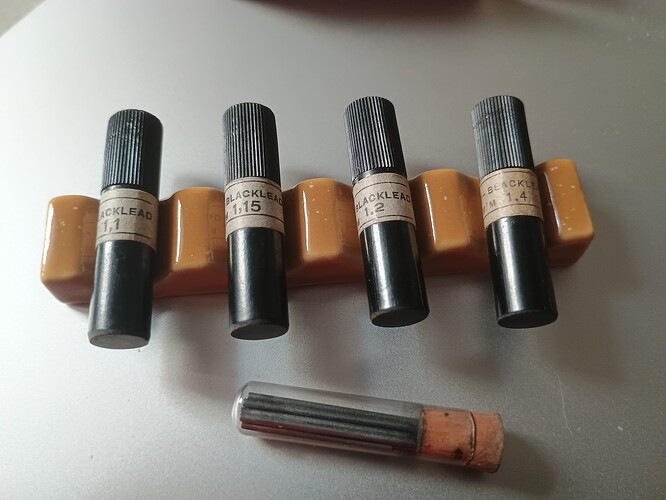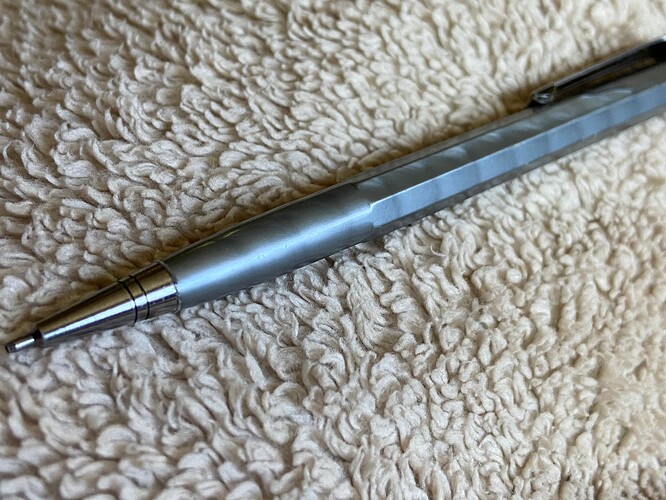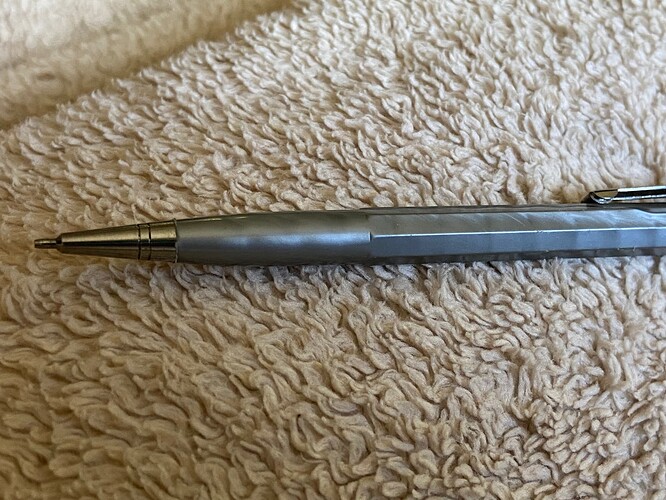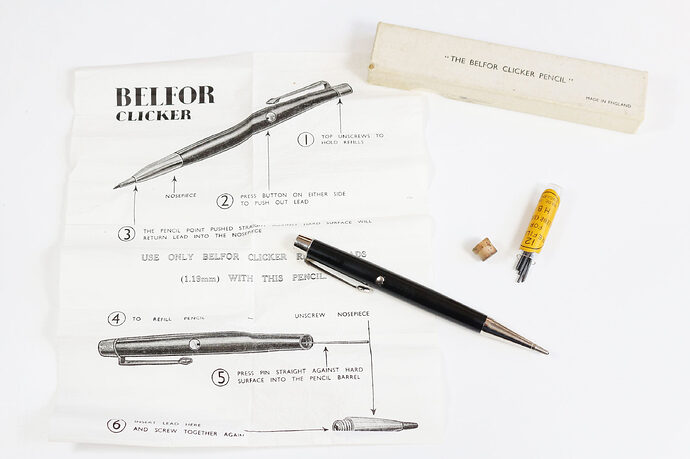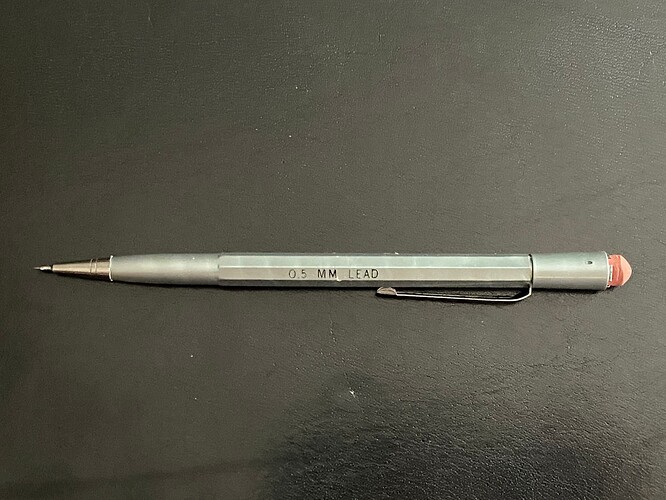My favorite lead size was always 0.5mm and for many years I wouldn’t even consider using a different size. I didn’t even know about the smaller lead sizes until decades after using 0.5mm. I know other people had similar feelings for 0.7mm and 0.9mm sizes. (I didn’t know it at the time, but my artist friend used/uses a PMG for some of his artwork.)
I have only just done a tiny bit of research, and I don’t trust AI based on the inaccuracies I’ve seen for some of my other searches, so thought I would ask here. Is what is shown below as given by AI from my Internet search, correct? (This was my second time doing a quick search and I probably didn’t word the question exactly the same each time, but I thought the first time it included another manufacturer in the list, possibly at the second entry. But I didn’t save it, so might be imagining that.) I’m also curious as to how the 0.5mm leads were used between 1939 and 1962. Just lead holders? (I don’t recall ever seeing any that would hold such small diameter leads.)
I’m also going to let you play the guessing game, since I doubt I will ever win the other one! Below are partial images of the 0.5mm pencil that inspired this search. Does anyone recognize it?
-
1939: A variety of thin lead sizes, including 0.5mm, began appearing on the market.
-
1962: Pentel launched the first mechanical pencils with 0.5mm and 0.7mm polymer leads. This marked a significant change as it introduced a stronger lead made with a polymer binder instead of clay, which allowed for thinner diameters without excessive breakage.
-
1967: Faber-Castell followed suit, releasing a 0.5mm mechanical pencil and associated polymer leads.
-
1967: Staedtler also introduced their 0.5mm version and polymer leads that same year.
-
1968: Mitsubishi Pencil released 0.5mm ratchet mechanism pencils.
